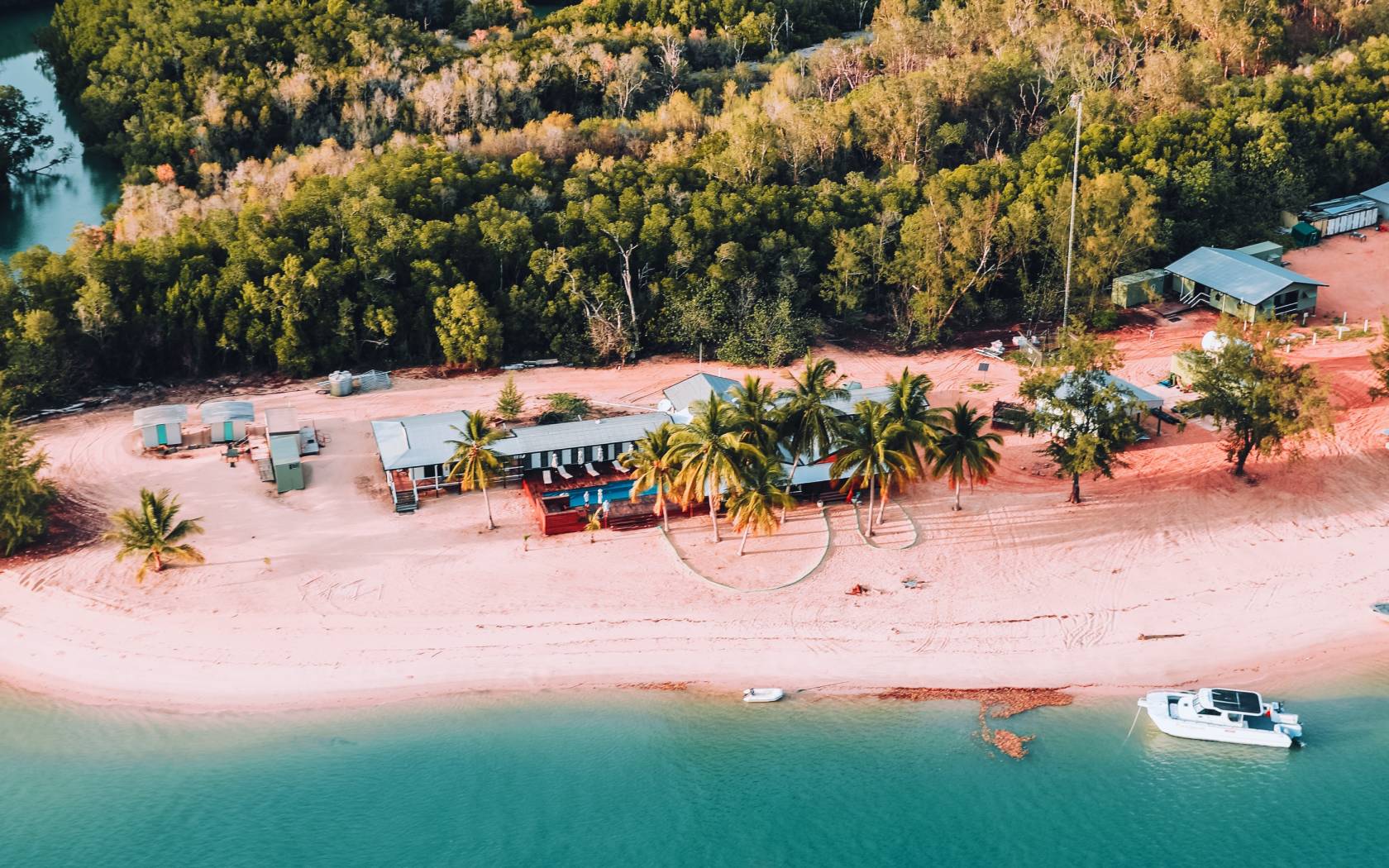Everything You Need To Know Before Staying In A Tiny House

Sangeeta Kocharekar is a freelance travel writer. She grew up…
First it was airstreams. Then came glamping. Now tiny houses have claimed the weekend getaway crown.
These compact homes, designed to encourage off-the-grid living, have taken the travel industry by storm. They’re everywhere. They’re on TV. They’re on Facebook. And they’re all over Instagram.
So, it makes sense that, working as a travel writer, I’ve been fortunate enough to stay in some.
I’ve stayed in two in New South Wales: in2thewild and Tilba Eco-Pods.
I’ve also stayed in two tiny houses on New Zealand’s South Island. Shortlands Shed was set up in the middle of a sheep farm. On the other hand, PurePods was perched on a bright green hill overlooking a brilliant blue sea.
Each was totally different to what I’d expected. Which is why I’ve decided to share the insight from my experiences here. So you, dear reader, will know exactly what’s in store when it comes to tiny houses.
—
No two tiny houses are the same
First off, as I mentioned, none of my tiny house experiences was like the other. And that’s the case in general too.
There are dozens of companies offering tiny houses in NSW alone. Each offers varying food packages.
Tilba Eco-Pods was stocked with bread and cheese, both locally made. When staying with in2thewild, I picked up a dinner hamper from a local general store. Other tiny house experiences do only BYO food.
Tiny house builds vary greatly too. PurePods was made of all glass. Shortlands Shed was essentially a tiny house on steroids – much larger than the normal tiny home and with a very ‘grammable hot tub out front too.
There are many different locations you can choose from too. Some have mobile reception; others don’t. Some are near the ocean. Others are set deep inland, surrounded by forest.
The options are endless, so do your research and find a stay that ticks all your boxes.
You will get bored
While each stay was different, there was something that remained consistent throughout. I got bored. Like, really bored.
And just to put that in perspective, I’m not the type to get bored. I can always find something to do – and I don’t even have Netflix.
But staying in a tiny house…I don’t know, for some reason, after I’d taken my 834 photos of the house and Insta-storied the heck out of it (if there was mobile reception, that is – often, there wasn’t), I found myself restless. I wasn’t sure what I should be doing. Which I guess is the point.
Because when are we actually forced to just sit? To have nothing else to do but get lost in our thoughts? Or have a quality conversation? Or play a board game?
It’s rare. But a tiny house stay gives you that chance.
They’re totally worth staying in
Which brings me to my last point. And that’s what you’ll get out of a tiny house stay. Which is a lot.
You’ll get to experiment with living more simply. Most tiny houses have a small kitchen and a living room area, which doubles as a dining nook. Usually there’s a loft where you sleep, reachable by climbing a very narrow set of stairs.
It’s minimalist living at its most extreme. But it’s fascinating to experience. People actually live that way full-time. And you get to try it too.
Then there’s also the fact you’re disconnected. On my PurePods stay, other than the friend I was staying with, I didn’t see another soul for a full 24 hours. Same with in2thewild. I was in the middle of nowhere, and no one knew exactly where or what I was doing.
It felt freeing.
And finally, there’s the take-away you get from a tiny house. It could be discovering how few possessions you really need, or that you should be carving out more time to ‘just be’.
Whatever it is, the experience is guaranteed to stick with you long after you’ve left your tiny home.
(Lead Image: Supplied / in2thewild)
Sangeeta Kocharekar is a freelance travel writer. She grew up going on trips to India and Europe on school holidays, and hasn't stopped travelling since.








